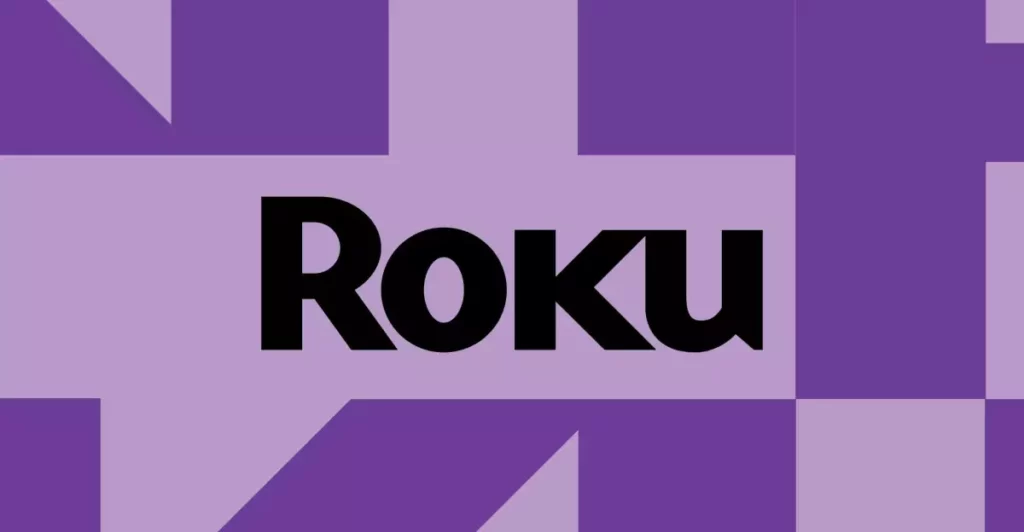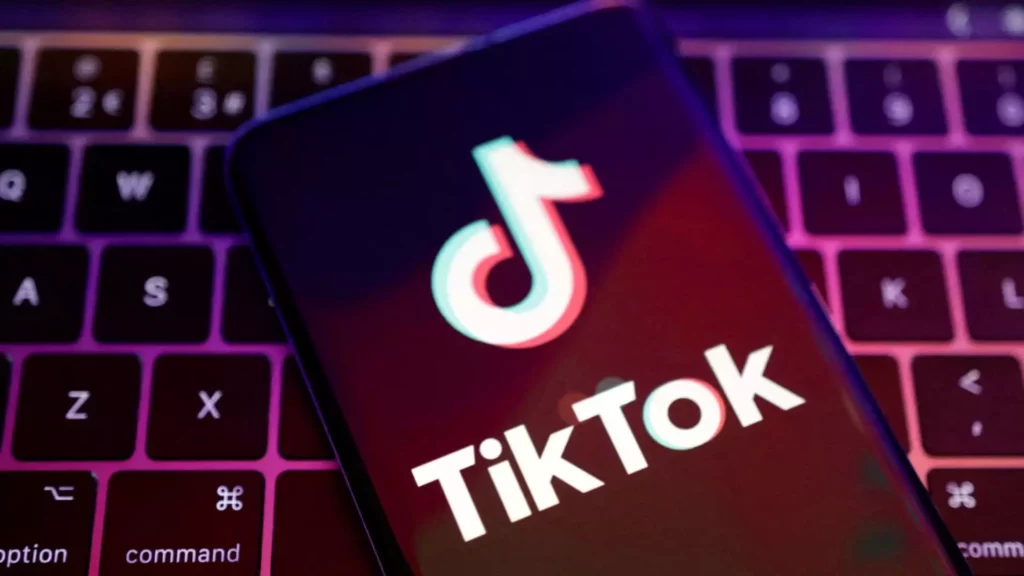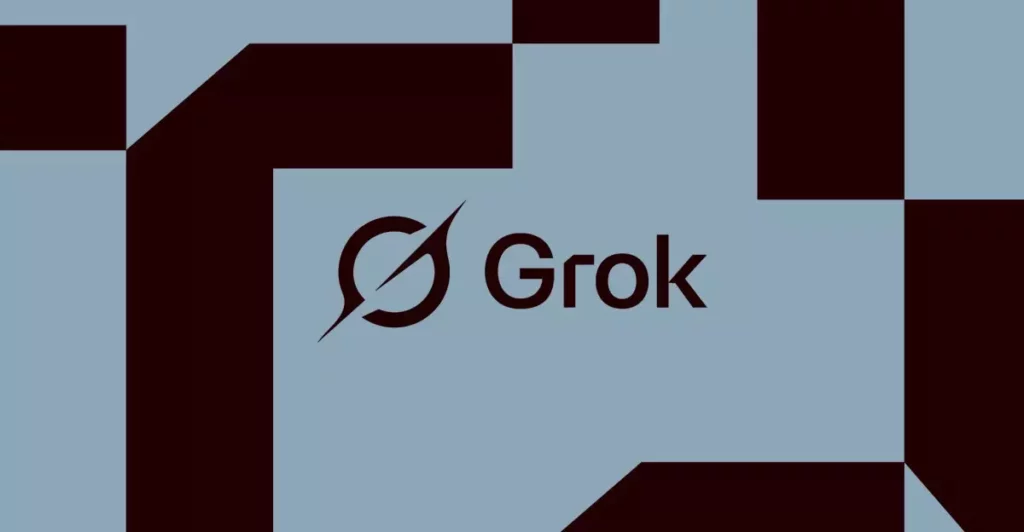In our age of innovation, the allure of high dynamic range (HDR) content is captivating. Consumers invest not only in premium streaming services like Disney Plus but also in top-tier devices like Roku with the hope of transforming their home viewing experience into something extraordinary. Yet, when technology falters, frustration ensues. Recently, a wave of dissatisfaction swept over Roku users, centered on a glaring problem: washed-out colors during HDR streaming. Initially perceived as an isolated incident affecting a single app, this issue has spanned multiple platforms, creating a substantial uproar among avid viewers.
The visual brilliance promised through HDR—promoting a multitude of colors and a rich contrast—pales when faced with software bugs that undermine the simplistic pleasures of watching a favorite film. This incident exposes a deeper truth: consumer tolerance for imperfections is diminishing as expectations continue to escalate alongside technological advances.
User Discontent and Expectations
A comprehensive analysis of consumer behavior indicates that dissatisfaction is often rooted in unmet expectations. When users upgrade to devices boasting HDR capabilities, they expect a vibrant viewing experience akin to what they see in theaters. Discovering that their beloved Roku TVs present a muddled palette instead can feel like a betrayal. Reports initially emerged from Disney Plus users, particularly concerning the TCL models, but soon spread across the board—users found similar faults on Netflix and Amazon Prime Video.
This broadening of the complaint spectrum demonstrates a community that is interconnected in its experiences and sentiments. Roku’s user base—once loyal—now faces disillusionment, resulting from faulty software that compromises the quality of their entertainment.
The Role of Speed Over Stability
As competitors vie for dominance in the streaming sector, the relentless demand for new features and rapid updates pressures companies like Roku to release software ahead of thorough testing. This propensity to prioritize speed over stability is not just irresponsible; it has become a perilous norm in technology. The dissatisfaction among users reveals the tangible consequences of this reckless pursuit—it’s not just an annoyance; it transforms into a genuine loss of trust.
In this case, the software update appears to have inadvertently disrupted fundamental functionality without regard for users’ viewing experiences. The communities that flourished in their excitement over HDR content are now filled with discontent and demands for transparency in addressing the issue. Users must come together to share their stories, not only shedding light on individual experiences but also fostering a community response to a magnitude of shared discontent.
The Power of Communication in Tech Support
The tech landscape has changed dramatically; consumers now expect immediate support and transparency when technology issues arise. Roku’s acknowledgement of the problem and the encouragement for users to share their experiences is a commendable step toward repairing damaged relationships. However, the fundamental crux lies in the efficiency of their response.
Users are aware of their power to mobilize information through social media—sharing diagnostics, highlighting issues, and prompting faster responses from the company. This crowdsourced approach could inform engineers swiftly and lead to effective troubleshooting. Yet, how often does this cycle of reporting lead to meaningful resolution? Will Roku deliver timely fixes, or will it succumb to status quo complacency?
Quality Assurance: A Growing Concern
As technology advances, so too should the rigor in quality assurance processes. The implications of software updates should not be underestimated; they can disrupt not just functionality, but also consumer trust. Every update must undergo comprehensive testing across various scenarios to ensure that the stakes for users are upheld.
Quality assurance failures result in backlash—a reality that brands cannot overlook in an increasingly competitive market. The stakes are high; if consumers cannot access content in the manner it is intended, they will seek alternatives.
The Stakes of Consumer Satisfaction
This current crisis for Roku is symptomatic of a much larger trend in the tech industry: a growing expectation for seamless functionality and aesthetic brilliance. Consumers plow money into technology with the hope that it will elevate their lifestyles. When it fails to do so, loyalty dissipates—leaving brands to grapple with the often-painful consequences of lost trust.
This ongoing saga highlights not just the technical failures of a company but hints at a systemic issue that needs addressing across various tech firms. Companies must recognize that user experience transcends more than just delivering a product; it involves an ongoing commitment to quality and communication.
The pressure mounts as Roku navigates this tumultuous atmosphere. This situation serves as a critical juncture for the company, and the outcome could shape future interactions between tech firms and their user bases. As streaming becomes a cultural cornerstone, brands that prioritize vibrant and reliable viewing experiences will undoubtedly emerge victorious.









Leave a Reply